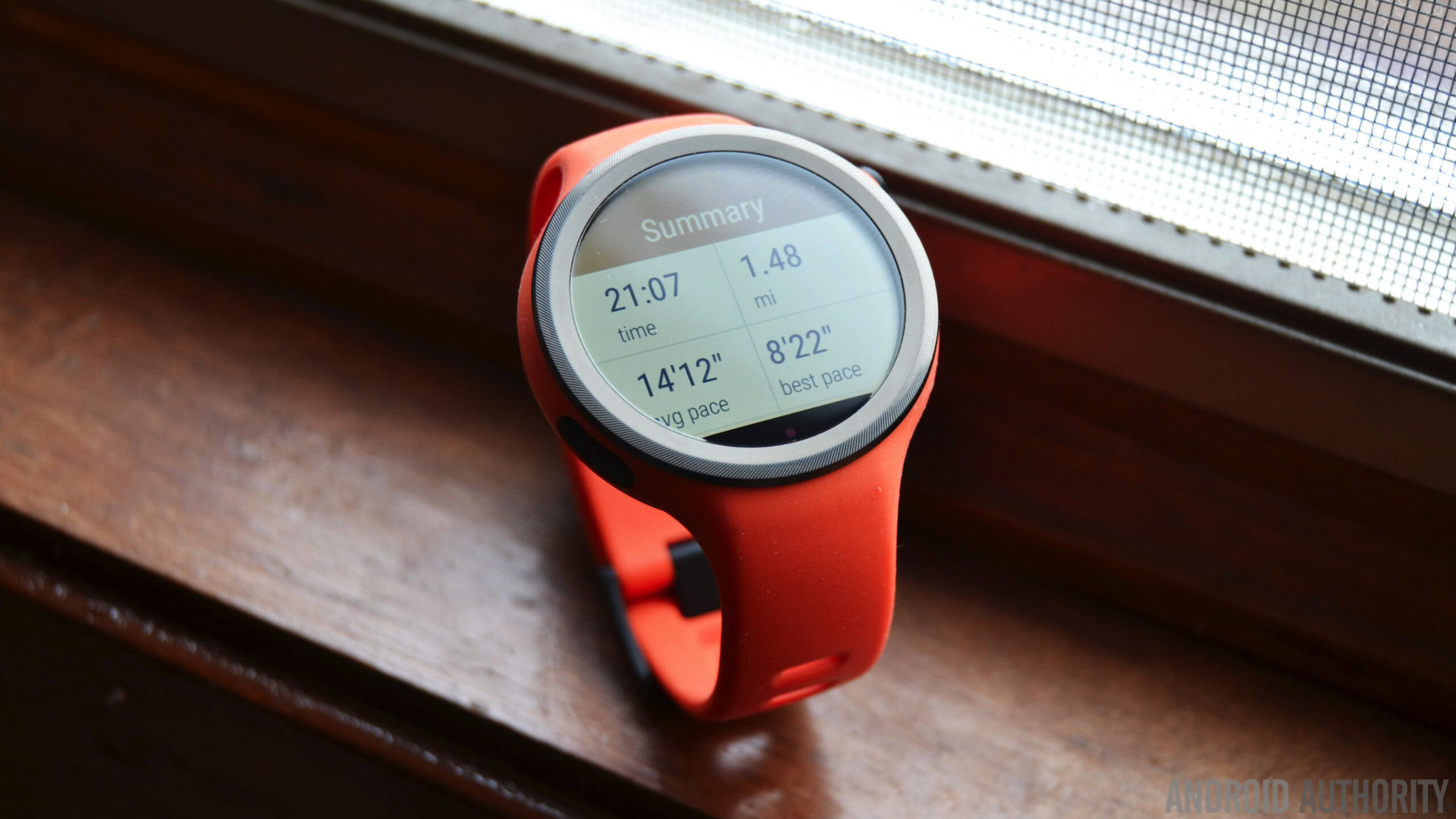Affiliate links on Android Authority may earn us a commission. Learn more.
Android Wear 2.0 announced - everything you need to know
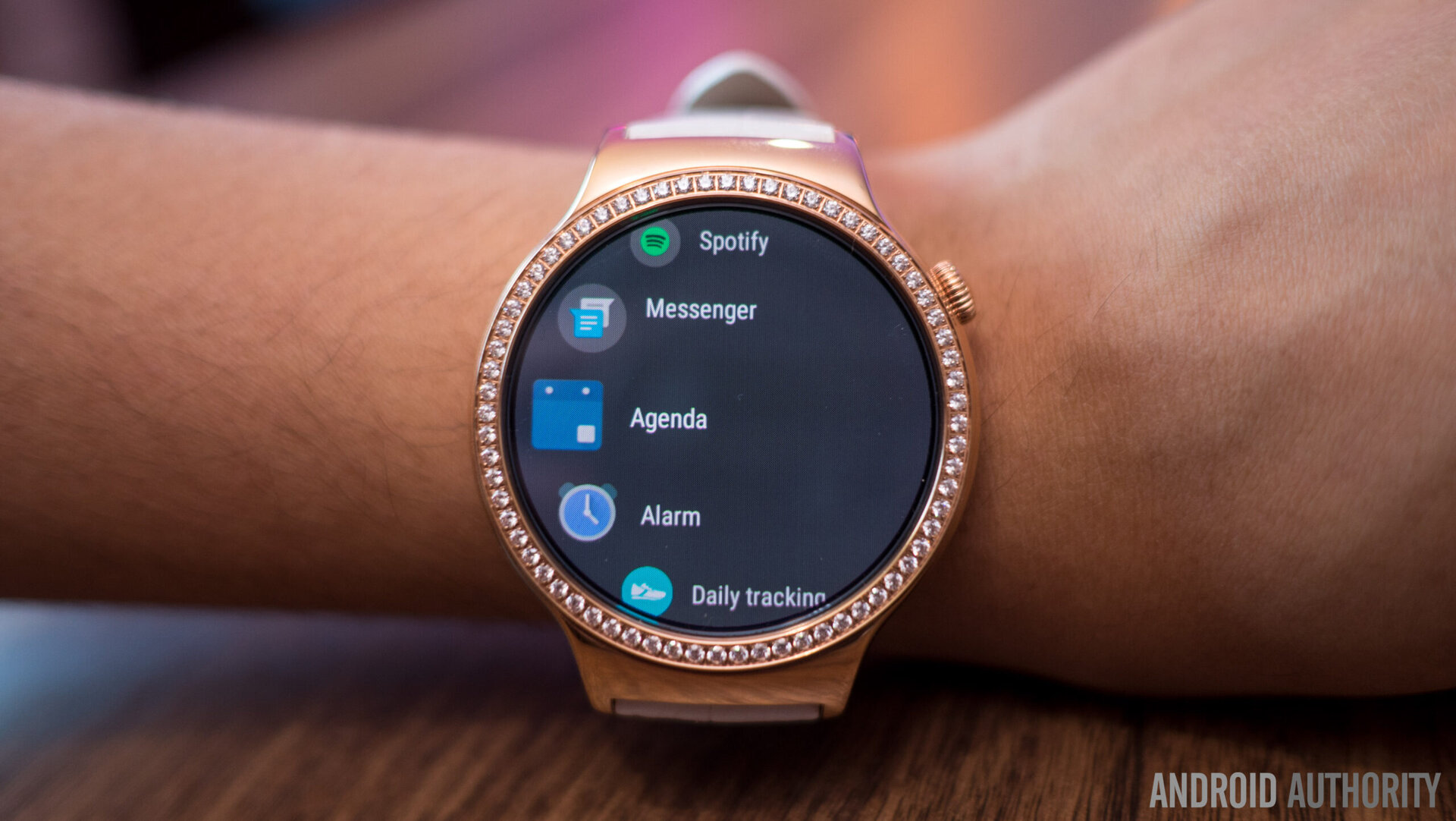
After spending some significant time as a Developer Preview, Android Wear 2.0 has just launched as a public release today. With wearables in need of some reinvigoration, this 2.0 upgrade aims to provide some sorely needed improvements and useful new features to spur on another wave of smartwatch development. Here’s everything that you need to know about Android Wear 2.0.
Major new features
Standalone apps
The biggest change with Android Wear 2.0 is the introduction of standalone apps. This means that you won’t need your phone nearby to send data to your smartwatch apps anymore. Instead apps can be fully functional on their own just like your smartphone apps, only syncing data when there’s something important to share between the two platforms. Making smartwatches more independant will certainly make them more useful and could open the door to some interesting specializations and new use cases.
As part of the move over to standalone apps, the Google Play Store is coming to smartwatches with the 2.0 update. Users will be able to browse and download dedicated smartwatch apps and install them on their watch directly. In other words, users will be able to download apps over WiFi straight to their smartwatch, without having to install the complementary version of the app on their smartphone first.
“Android Wear 2.0 focuses on making smartwatch experiences better and faster – including watch faces that bring glanceable data, fast and fluid messaging, and a new fitness experience that helps you track workouts and stay motivated with music,” – David Singleton, vice president of Android Engineering, Google.
Smarter watch faces (Complications)
The other major change with Android Wear 2.0 is the introduction of the Complication API. This new API enables developers to include data from other apps on their watch faces, on top of the regular minutes and hours that you would expect. These faces can be customized by the wearer to show the details they want to see. Watch faces will become more like home pages containing useful widget data from a variety of different sources. You can even swap between different watch faces with different widgets for say if you’re on your way to the airport or off to the gym.
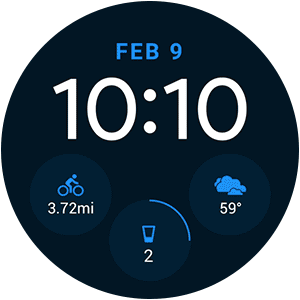
For example, a watch face could contain a snipped from a recent message, calories burned from a fitness app, steps taken, or the currently playing track from a music streaming service. Tapping on data will then launch the application so that the wearer can view the information in more detail.
Google Assistant
To make smartwatches that bit more intelligent, Google Assistant is also now available with Android Wear 2.0. We’ve already had a good look at what Google Assistant can do and it seems quite well suited to smartwatches, where traditional inputs are more restrictive and more reliant on voice input.
Users will be able to do a lot more with voice commands, such as adding items to their shopping lists, setting calendar reminders, make restaurant reservations, and even control smart devices around their home, all directly from their wrists. Not forgetting that Google Assistant is able to answer questions, respond to messages, and assist with navigation. Of course, we’re going to want an internet connection for many of these features, so tethering to a smartphone or picking up a smartwatch with 4G LTE integration is going to be the way to go to make the most out of Assistant with Android Wear 2.0.
To ask for help, simply hold down the watch’s power button or say “Ok Google” before making your request. At launch, English and German languages are supported, with more on the way in the coming months.
Mobile Payments
Catching up with Apple Pay and Samsung Pay, Android Wear 2.0 smartwatches are also now able to make mobile payments, providing that the smartwatch packs in a NFC chip. The system uses Android Pay, so will only be available in countries that already support this technology.
The process of making payments is quite simple, as all you have to do is hold the watch next to the terminal until the transaction is approved. After it’s done, you’ll be able to view the details of the transaction on your smartwatch as well as check out previous purchases you have made by scrolling down.
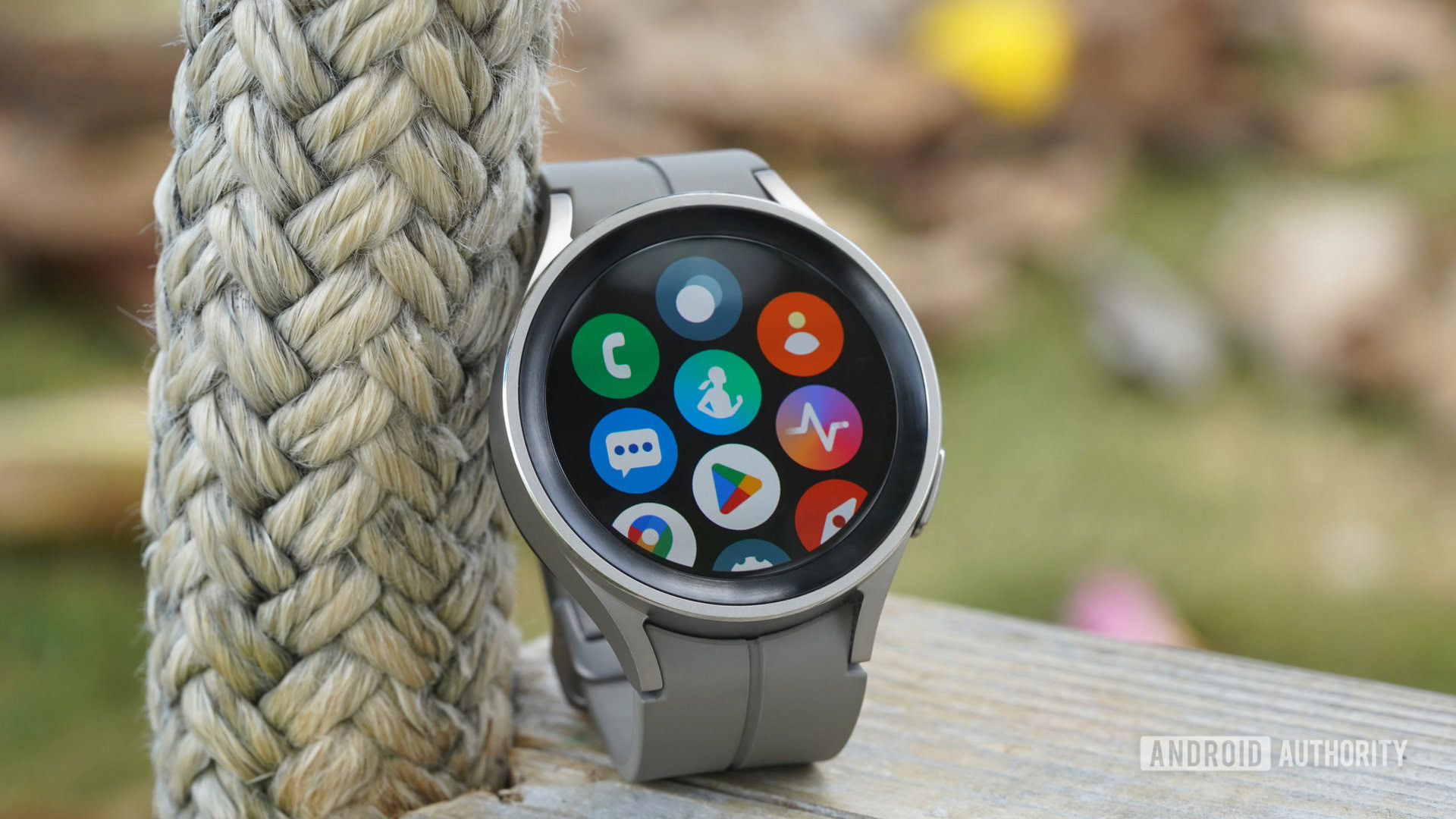
Important changes
Material Design
Google’s Material Design rulebook is finally being brought over to smartwatches, although the company has made a number of tweaks and optimizations to better suit the smartwatch’s limited display size.
There’s a new app launcher and “curved layout” that’s more suited to rounded displays and offers a circular scrolling gesture to flick between objects. Navigating your way around the interface has also changed somewhat too, with the introduction of Navigation and Action Drawers. The navigation drawer appears at the top of the screen and allows users to navigate between app views. The action drawer appears at the bottom of the screen and allows users to choose from a list of actions associated with the current usage context.
Notifications
As part of the UI tweaks to Android Wear 2.0, notifications have also receive a bit of an overhaul. No longer will notification cards cover up much of the watch face in a cluttered manner, and come with a contextual colored background depending on the application. So, Hangouts are green, Gmail is red, etc, and overall the UI is much darker than before, which should help save on battery life. Instead of a large card, a smaller notification icon will appear waiting for interaction. Raising your watch brings up the notification in full, and you can now swipe up from the bottom to move through all the notifications.
Fitness
Fitness trackers have put a pretty big dent in the utility of smartwatches, so it’s not surprising that Google has taken some time to improve the capabilities of Google Fit. The new Activity Recognition API allows apps to detect when a user undertakes some activity, such as walking or biking, and can then switch into the default fitness app for that particular activity.
Third party app developers now have better access to fitness data stored on the smartwatch. These apps can now exchange data through the Google Fit applications, which means that different specialist apps can talk to each other, helping fitness buffs keep track of their progress across different ecosystems.
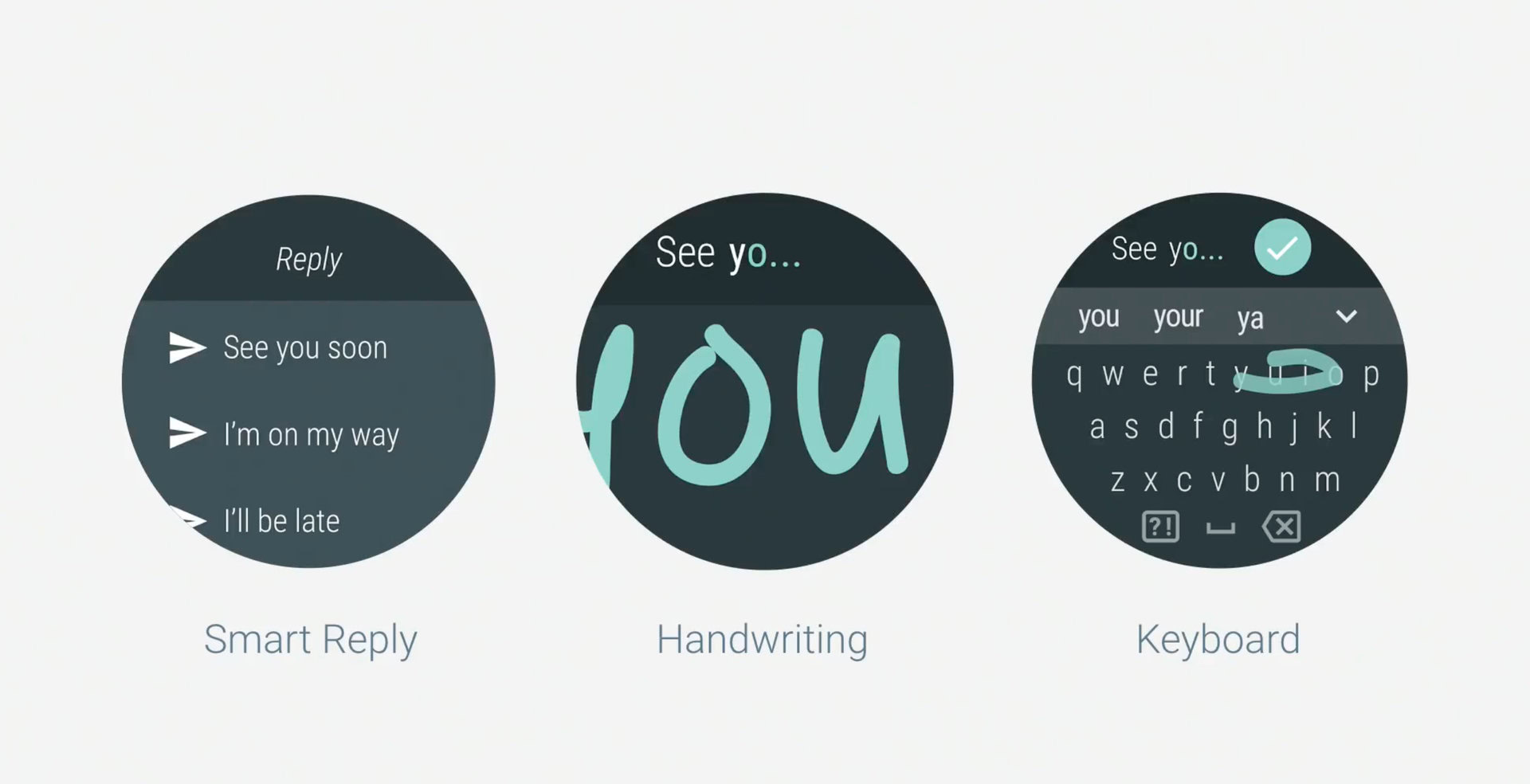
Messaging & Input
Android Wear has received a number of new inputs that are designed to make tasks like messaging a lot easier. 2.0 now supports handwriting, keyboard input, and a Smart Reply feature which will be familiar to Inbox users. This latter options is powered by Google’s machine learning algorithms and gives users three quick responses to any given message. Smart Reply will learn from you over time, providing better responses the more that you use it.
Input methods could change substantially in the future too, as Google has ported over its full Android input method framework into Wear 2.0. This means that developer can now create their own custom input methods, as well as build on the default methods.
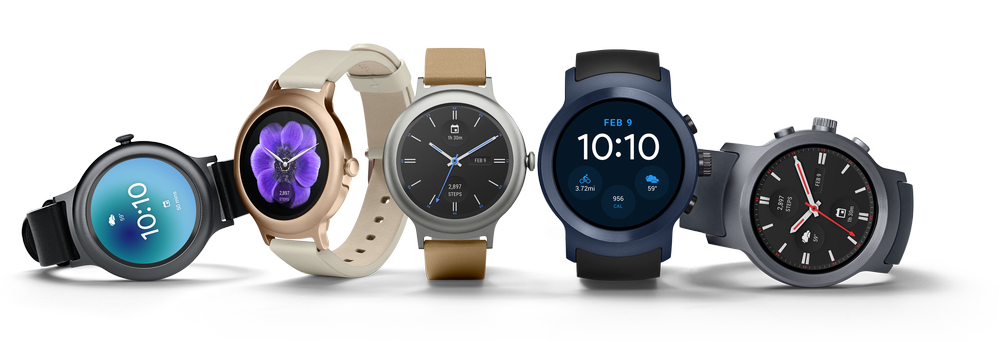
Upcoming watches and updates
The first smartwatches to ship packing Android Wear 2.0 out of the box are the newly unveiled LG Watch Sport and Watch Style. These two both include support for NFC mobile payments, Google Assistant, and standalone data via a built in 3G/4G modem.
A large number of existing smartwatches are also set to receive an upgrade to Android Wear 2.0 too. The list include the Moto 360 (2nd Gen.), Moto 360 Sport, LG Watch Urbane, the Fossil Q range, HUAWEI Watch, and the ASUS ZenWatch 2 and 3, among others. We’re not exactly sure when these updates will arrive, but we imagine that developers will get around to rolling out their upgrades over the course of the 2017. You can find the full list of smartwatches set for an update in the article below.
